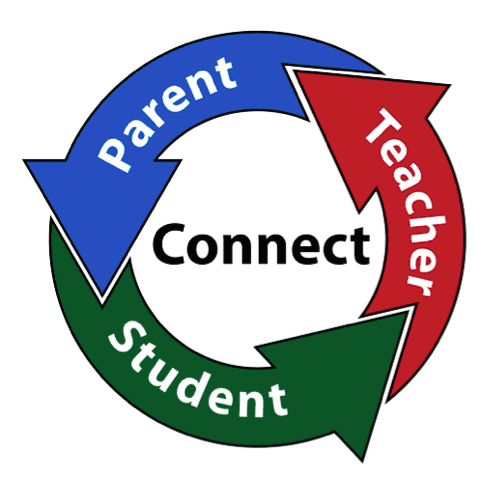Children with learning disabilities face unique challenges in their educational journey. It is important for parents, teachers, and caregivers to understand these disabilities and provide the necessary support and accommodations to help these children succeed. In this article, we will explore common learning disabilities in children, their impact on learning, and effective strategies for addressing them.
Types of Learning Disabilities
There are several types of learning disabilities that can affect children, including dyslexia, dyscalculia, and auditory processing disorder. Dyslexia is a reading disability that affects a child’s ability to read, spell, and write. Dyscalculia is a math disability that impairs a child’s ability to understand and manipulate numbers. Auditory processing disorder affects how children process and make sense of auditory information.
Impact on Learning
Learning disabilities can have a significant impact on a child’s academic performance and overall well-being. Children with learning disabilities may struggle in school, experience low self-esteem, and face challenges in social interactions. Without proper support and accommodations, these children may fall behind their peers and become discouraged in their academic pursuits.
Effective Strategies for Addressing Learning Disabilities
There are several strategies that can help children with learning disabilities thrive in the educational setting. One effective strategy is early detection and intervention. By identifying learning disabilities early on, parents and educators can provide targeted support and interventions to help children overcome their challenges.
Another effective strategy is providing accommodations and modifications in the classroom. This may include extra time on tests, preferential seating, and assistive technology tools. These accommodations can help level the playing field for children with learning disabilities and give them the support they need to succeed.
Additionally, creating a supportive and inclusive learning environment is crucial for children with learning disabilities. Teachers and caregivers should work closely with these children to build their confidence, develop their strengths, and provide encouragement and positive reinforcement.
Conclusion
Learning disabilities can present unique challenges for children, but with the right support and accommodations, these children can thrive and succeed in school. It is important for parents, teachers, and caregivers to understand these disabilities, provide the necessary support, and create a supportive learning environment for children with learning disabilities. By working together and implementing effective strategies, we can help these children reach their full potential and achieve academic success.


